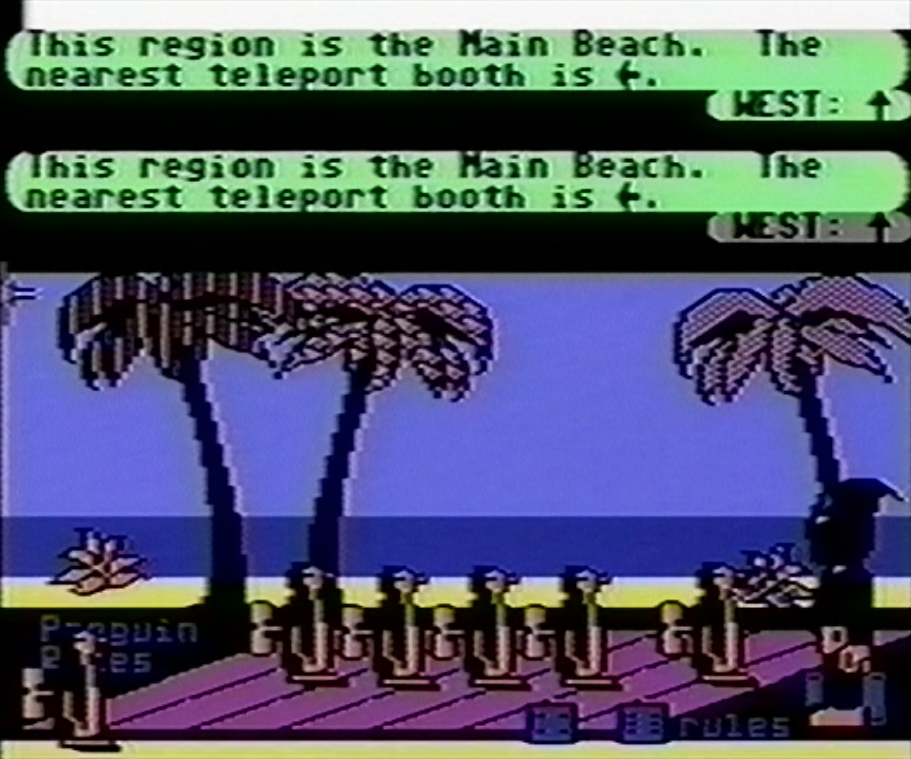Help restore the first Metaverse: Quantum Link’s Club Caribe!

As we mentioned in our last post, it's been 30 years since Quantum Link's Club Caribe virtual world service closed its doors for the final time. It seems like the perfect time to revive our previous restoration efforts and revive as much of the world as we can.
As luck would have it, an absolutely amazing individual came along in the NeoHabitat community recently and created some tools for NeoHabitat that make the idea of a Caribe restoration so much easier and less time consuming.
It's a perfect storm of events to bring back a service not many people got to visit, but left a mark in the history books.
We need your help.
We have over 14 hours of gameplay footage of Club Caribe. 10 hours from February 1994 when the service closed and 4 hours from the beta test. So much of the world can be recreated by looking at this footage and rebuilding the original regions as they were when the service was live.
This video shows the "hatchery" sequence from Club Caribe. Users would create their avatar using the built in character customisation tool and arrive in the welcome room before heading out to the Library. These regions were rebuilt entirely from the video footage that we have.
In the past, we had to run a local NeoHabitat server, modify JSON files in a text editor (shoutout to Notepad++!) and jump through a lot of hoops to make small changes. It was a lot of work and why the initial restoration efforts I started over 6 years ago ended up not getting very far.
Thanks to SpindleyQ, you can now create your very own Habitat regions in the browser by using the Habitat Inspector.

You can see a list of all objects in the region on the right hand side, select them and modify their attributes. You can also create new types of objects and modify those too. You can click on an object to select it and move it around with the arrow keys until you find a placement you like. You can even load in an image of a Caribe or Habitat region and have it overlaid on top of the editor, using a transparency slider to see if your work matches up or not.
What we need is, people who can look at the screenshots of the Caribe regions from the video footage we have, or other screenshots and then load the image of that region into Habitat Inspector and do their best to recreate the region.

We are working on adding what we call "region stubs". These are blank placeholder regions that hook up to pre-existing regions, so you can explore the world even if a region hasn't been recreated yet. It also means that once you recreate a region and share your work, it can just drop in place and automatically be hooked up correctly for people to explore.
A GitHub repository exists to hold all of the files that have been created so far and you can find it at https://github.com/StuBlad/clubcaribe.
More detailed instructions on how you can help with this restoration effort can be found at that link, as well as links to the NeoHabitat Slack server where things will be coordinated.
Our long term goal once the restoration project is complete, is to merge these regions into the NeoHabitat world database so you can explore Habitat and Club Caribe in one server setting for the first time ever.
If you would like to try your hand at helping to restore one of the first online virtual worlds/metaverses, dig deeper! If you know anyone else who might be interested, please send them this blog post. If you have further questions, you can e-mail me.